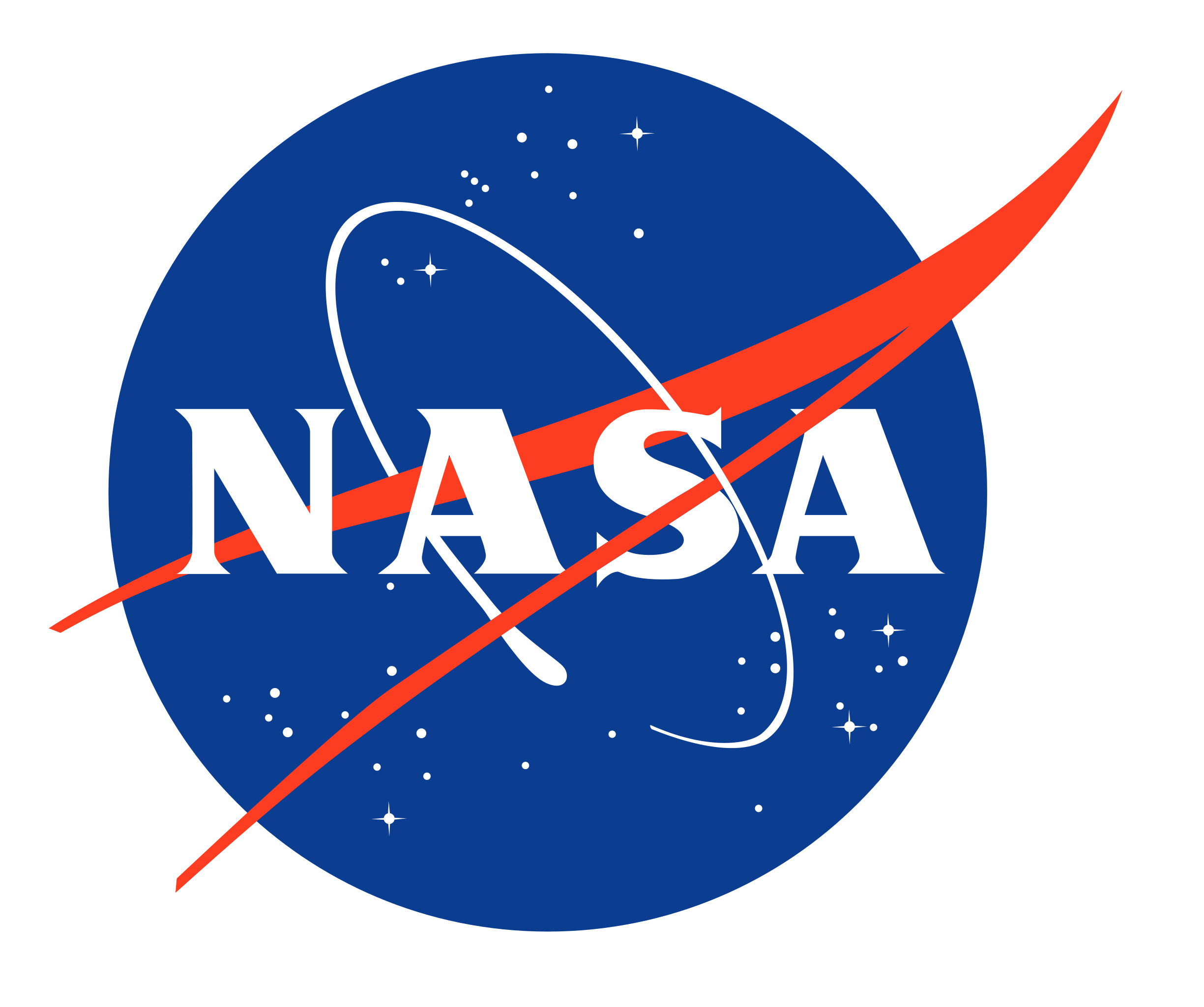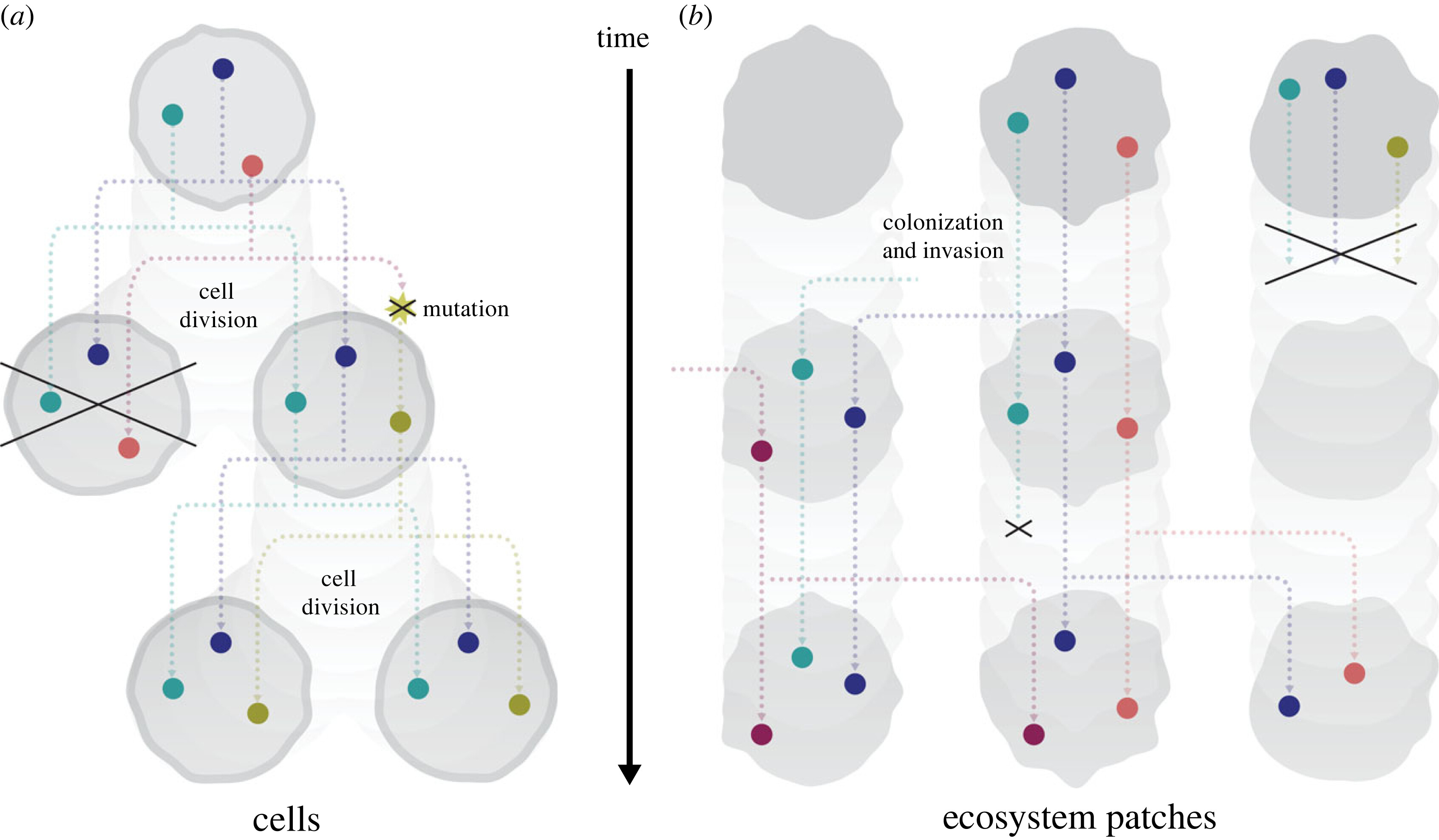Welcome!
I’m a third year student at Michigan State University earing my dual PhD in Computer Science and Ecology, Evolution, and Behavior. I’m a member of the Evolutionary Control of Digital Ecologies lab, and am advised by the amazing Emily Dolson. Below are some of my selected projects:
Evolutionary swarm robotics
I received the NSF GRFP in 2024 to study the impacts of different substrates and selection schemes on the evolution of swarms. This work is ongoing, with the first publication recently accepted at IEEE SSCI 2025! We show that Markov Brains and Cartesian Genetic Programming can be used to control agents in swarms, along with the traditional Neural Networks. Swarms can even be composed of multiple types of controllers to facilitate specialization! Further work will expand by including more controller types, more complex tasks, and more selection schemes. Made possible by MABE and with help from Clifford Bohm.
The Genetically Evolved NEutrino Telescopes for Improved Sensitivity (GENETIS) project
Led by Amy Connolly and Julie Rolla, and in collaboration with NASA’s Jet Propulsion Labratory and Ohio State University, GENETIS is a genetic algorithm which evolves antennas to detect ultra high energy neutrinos from deep space. I recently began working to improve the evolutionary computation side of this project – the rest is left to a very talented team of physicists and engineers.


The ecology–evolution continuum and the origin of life
Since I started my PhD, I’ve been working with Emily Dolson, Sydney Leither, and the Baum lab to investigate pre-genetic adaptive change. While the Baum lab does some super interesting lab work, I work on the computational side, modeling systems that could be representative of the early interactions of pre-biotic chemicals. A great in depth summary of this framework can be found in The ecology–evolution continuum and the origin of life by Baum et al. 2023.

Emergence and Information Theory
Working with Clifford Bohm and Vincent Ragusa, we’re developing a new theory of emergence. This paper might eventually see the light of day.

